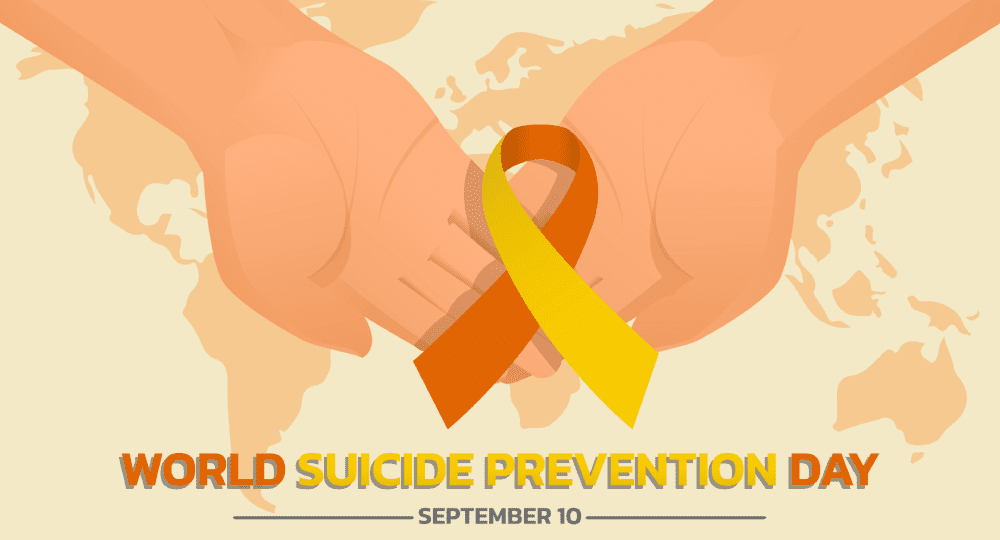In the United States alone, there were 48,183 deaths resulting from suicide, compared to an estimated 1,700,000 suicide attempts in 2021. Suicide, suicide attempts, and suicidal thoughts is a growing issue and can have lasting impacts on millions of people and their families.
While some of the biggest risk factors of suicide include previous suicide attempts, mood disorders, substance abuse disorders, and access to lethal means, suicide is a very complex issue as there is no one underlying cause or symptom. Other risk factors may include some type of trauma/PTSD/abuse/bullying, chronic pain, or a significant loss.
Some of the signs that someone is considering suicide can be as obvious as them talking openly about it, stating they want to die or that everything would be better without them. They may also express that they are a burden on others. Observing behaviors such as being extremely sad, anxious,or agitated, or being in an unbearable amount of pain can also be warnings that someone might be dealing with suicidal thoughts. You might also notice extreme changes in behavior (withdrawing from friends, giving away important possessions, taking excessive risks, and increased drug/alcohol use).
We can each make a difference and do more to help reduce suicide attempts and help people seek treatment. “Suicide prevention is everyone’s business”.
One of the most important things you can do when you observe some of these signs or have a concern is to open communications. This can be as simple as asking someone how they are doing, or sharing your observations about their recent behavioral changes. It is important that this is a sincere attempt to start a conversation; ensure that you have some level of privacy for the discussion. Do not downplay, or laugh off any of the person’s statements. Also do not discount their opinions and say that they are wrong and should not feel that way.
It is important to seek help for the individual expressing these thoughts with the right people. Depending on the threat, this might be contacting emergency support (911) for an immediate threat or by reaching out to the Suicide & Crisis Lifeline (988).
Some of the most effective methods of combating suicide is helping people to feel connected (to other people, their communities, or social groups), access to health care (both mental and physical), and a well developed sense of coping mechanisms.
By opening the communications and helping connect them with the right resources, this shows people that they can be heard in a non-judgemental way and get the help that they need.
If you or someone you know is contemplating suicide, contact the National Suicide Prevention Lifeline today at 988 or by visiting https://988lifeline.org/.





